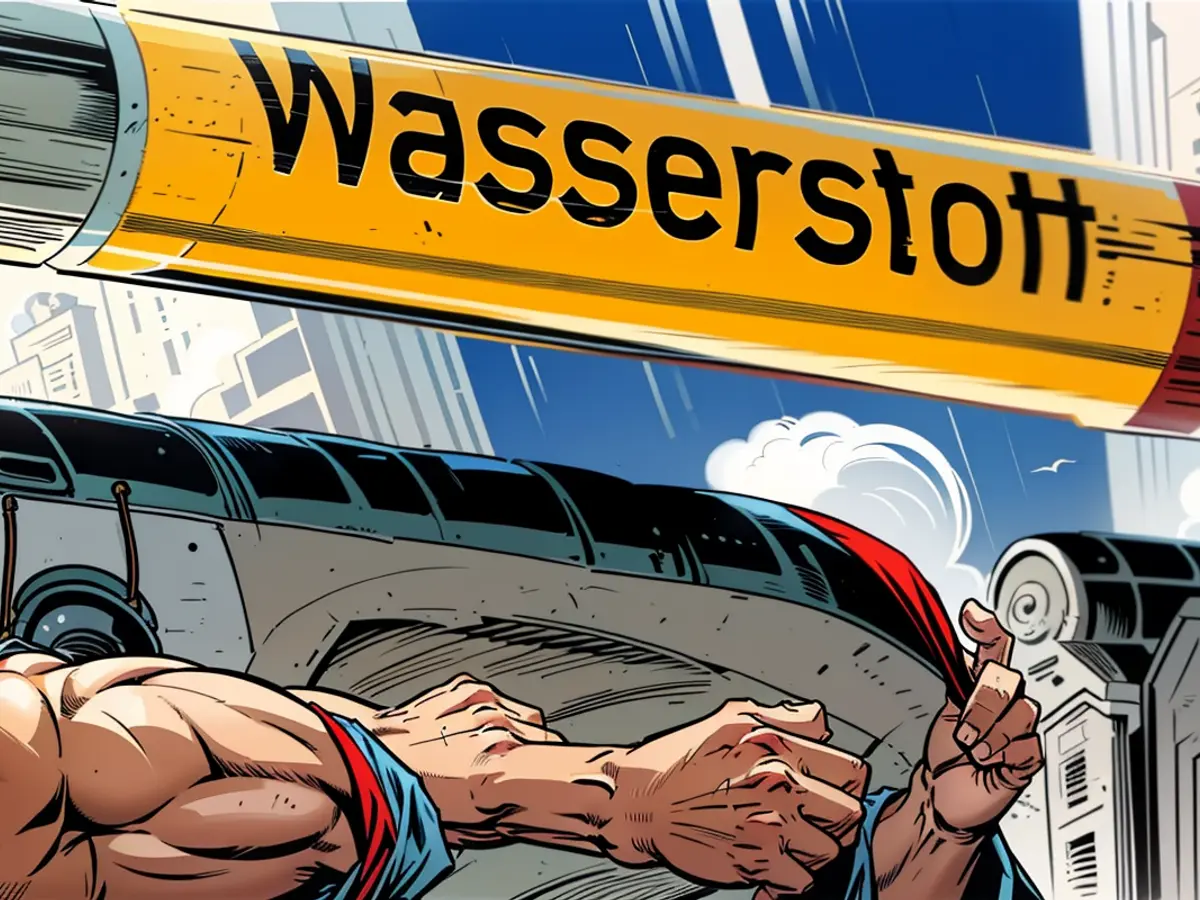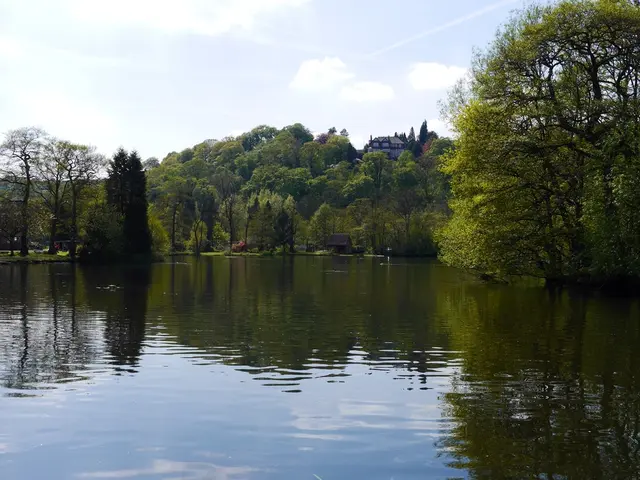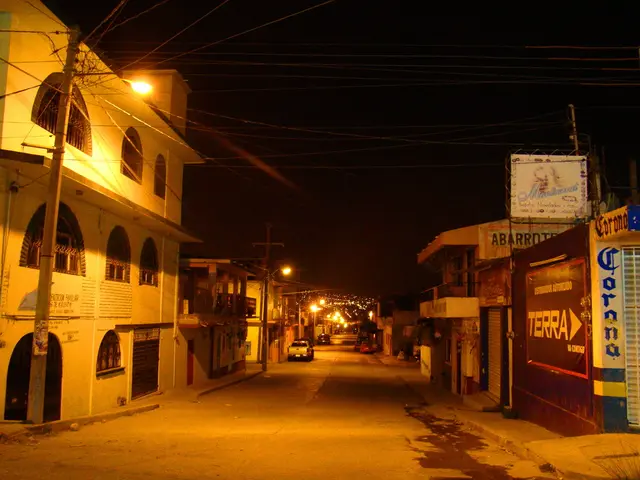Climate change poses a significant challenge to mountain hut operators, particularly for the German Alpine Association (DAV). Robert Kolbitsch, head of huts and trails at DAV's federal association in Munich, has identified that approximately 20% of their around 200 managed huts require immediate attention due to challenges such as water scarcity and energy supply issues.
The lack of sustainable water sources and the inability to maintain former energy supply levels are contributing factors to this situation. One striking example of this is the Neue Prager Hut, located at 2,800 meters above sea level in the Austrian High Tauern. In the absence of water for flushing toilets, DAV intends to transition to composting toilets starting from the next season. This conversion comes with challenges such as the need for more space and adhering to heritage conservation regulations, with construction scheduled to commence in May 2023.
Climate-induced water scarcity is placing a considerable strain on DAV's mountain hut operations, as evidenced by the closure of the Neue Prager Hut for the third consecutive year due to insufficient water resources. Other DAV huts, including the Reichenhaller House on the Hochstaufen in the Chiemgau Alps and the Hochlandhütte in the Wetterstein mountains near Mittenwald, may also require attention.
To mitigate water scarcity issues, mountain hut operators are implementing various strategies, including water conservation, water storage and management, sustainable practices, technological innovations, community engagement, and infrastructure upgrades. Encouraging hikers to carry ample water and practice water efficiency, as well as upgrading water pipelines and storage reservoirs, can help improve the resilience of mountain hut operations to climate-related water scarcity challenges.








